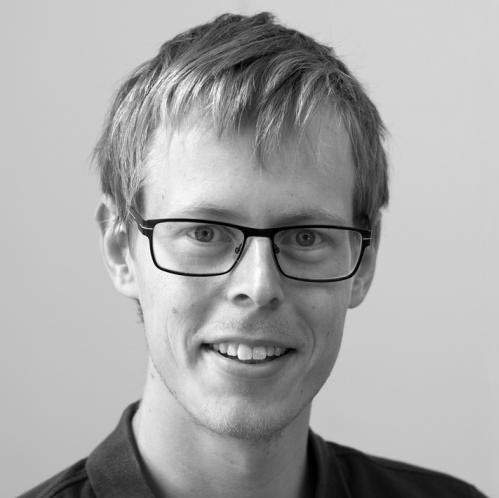
The Origins and Persistence of Inequality in Denmark
This project investigates the causes and nature of inequality and its persistence across generations. CEHD, in collaboration with researchers at the ROCKWOOL Foundation and the University of Copenhagen, has accessed a rich array of longitudinal data drawn from secure administrative sources in Denmark and the U.S. to analyze intergenerational inequality across a wide number of dimensions and to understand the mechanisms behind how parents’ resources and investments into their children, along with social influence, serve to create opportunities. This international collaboration, spearheaded by Professor James J. Heckman and Dr. Rasmus Landersø, provides a better link between parental resources and dimensions such as school quality. This groundbreaking work sheds light on how inequality in life outcomes arises and how government policies can best serve to mitigate inequality.
A More Comprehensive Look at Intergenerational Income Mobility
Historically, much of the literature in measuring intergenerational mobility has looked narrowly at income as a mean statistic, averaged over several years in the parents’ lifetime. Building on insights from Professor Heckman’s previous work, this project takes a more robust look at the role of income by taking into account different components of family resources, such as looking at the role of wage income, government transfers, and wealth. Further, we look at income over multiple periods throughout the child’s lifecycle, to understand not only the general transmission of income across generations, but also which periods and components of income matter. Taking into account the entire lifecycle of the children and the pattern of influences by parents, we can note the sensitive periods in the child’s lifetime and consider the importance of timing for the effectiveness of parental inputs, as well as the role of family structures.
Looking at the Family and Beyond
The project takes into account a more complete view of how status is transmitted across generations. Using insights from child development literature as well as recent findings from the Center, this project also examines the multifaceted ways in which the family influences children through monetary investment, parental education, and time inputs. By including the dynamics of household structure and marital status in our analysis, we are able to provide a richer view of family influence across generations. This project also studies the role of social factors, such as the influence of peers and neighborhoods in explaining inequality across the life course and across generations. We examine how the power of place and various other social factors further compound inequality among children growing up in different environments.
The Role of the Welfare State
We closely examine the role the welfare state plays and how it has reduced—and in other ways reinforced—inequality. Leveraging longitudinal microdata from the U.S. and Denmark, we can use the variation in timing of various changes in government policies in both countries across cohorts to gain insight into how they have influenced lifetime trajectories. This will allow us to isolate which types of government policies have been most impactful in combating poverty.
Recent Findings on Equality of Opportunity
Contrary to conventional wisdom, the differences between the welfare states in Denmark and the U.S. are not reflected in equality of opportunity in educational attainment. Despite Denmark’s generous social policies, including tuition-free education, substantial inequality of child outcomes remains across social and economic classes.
The result is that – even in Denmark where most children attend public schools where expenses are equalized at the national level – more advantaged families are better able to influence the quality of their children’s schools. Not only are families segregated by resources, there is also a strong positive association between the characteristics of parents, on the one hand, and the characteristics of teachers on the other.
Figures
Figure 1: Life cycle
Figure 3: Educational mobility in Denmark and United States
Figure 4a: College Completion Levels by Birth Year for Parents’ Education
Figure 4b: Test Scores by Parental Background in Denmark and United States
Project Team
Project Collaborators

Rasmus Landersø
ROCKWOOL Foundation




